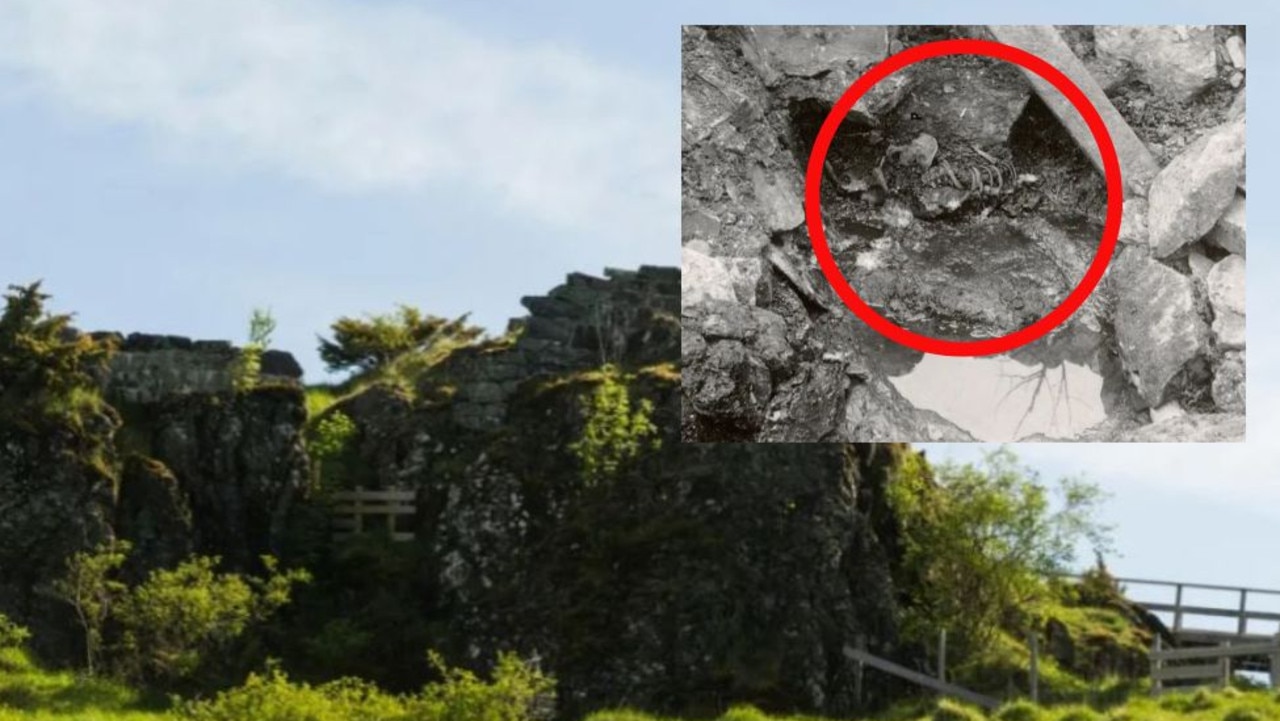‘Floating ships’ photos could unlock Titanic mystery
A strange recent phenomenon of ships appearing to hover above the water could provide clues to the mystery of the Titanic’s sinking, an expert says.
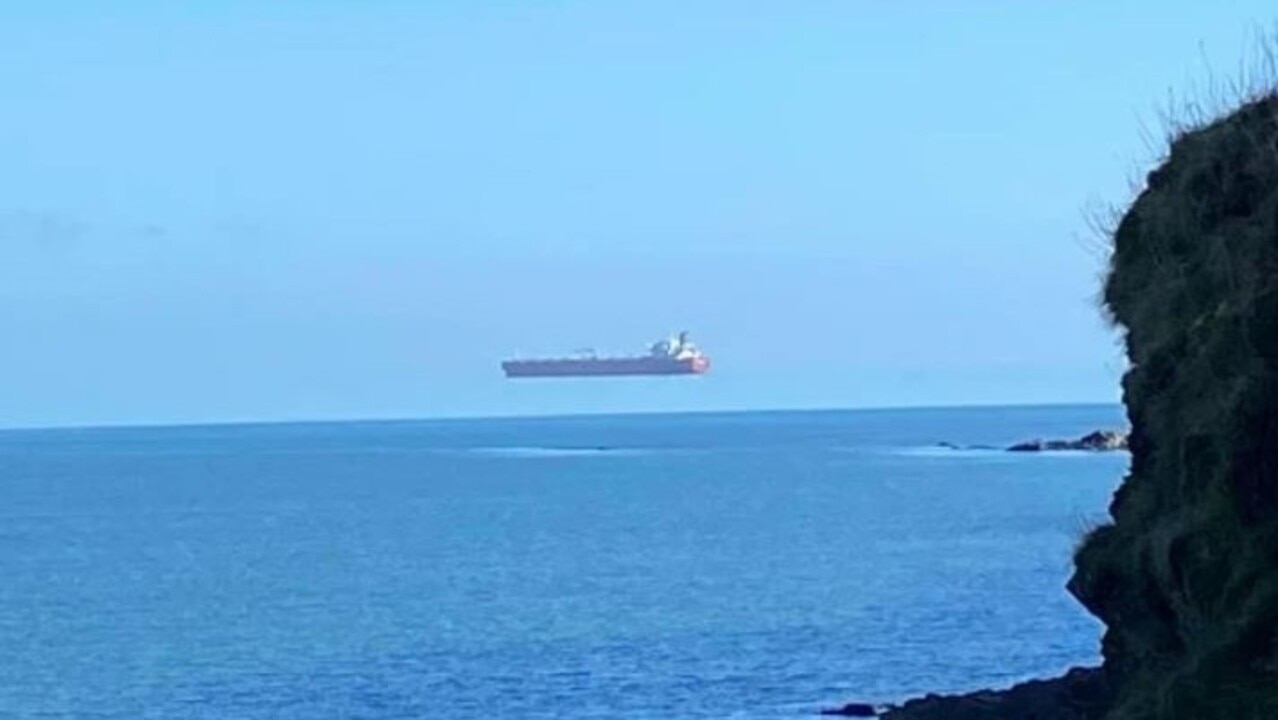
Bizarre “floating ships” seen off the coast of the UK could help unlock the mystery of the sinking of the Titanic, according to a leading expert.
Historian and author Tim Maltin believes a rare “Fata Morgana” mirage event meant the 30m iceberg that sunk the legendary ship wasn’t seen by its lookouts until far too late.
The mind-bending mirage is caused when cold air near the sea’s surface sits below a blanket of warmer air creating abnormal refraction where light bends downwards, an effect called “thermal inversion”.
This has the effect of making distant objects appear higher than normal – which can, among other effects, make ships seem to float as the horizon becomes raised up above a band of haze.
There have been several fata morgana events off the coast of the UK recently, including a P&O ship off the British coast between Dorset and Devon, which was reported yesterday.
Mr Maltin explains in the case of the Titanic,the mirage meant the fateful iceberg was not seen against the white haze known as a “mirage strip” along the horizon until it was too late.
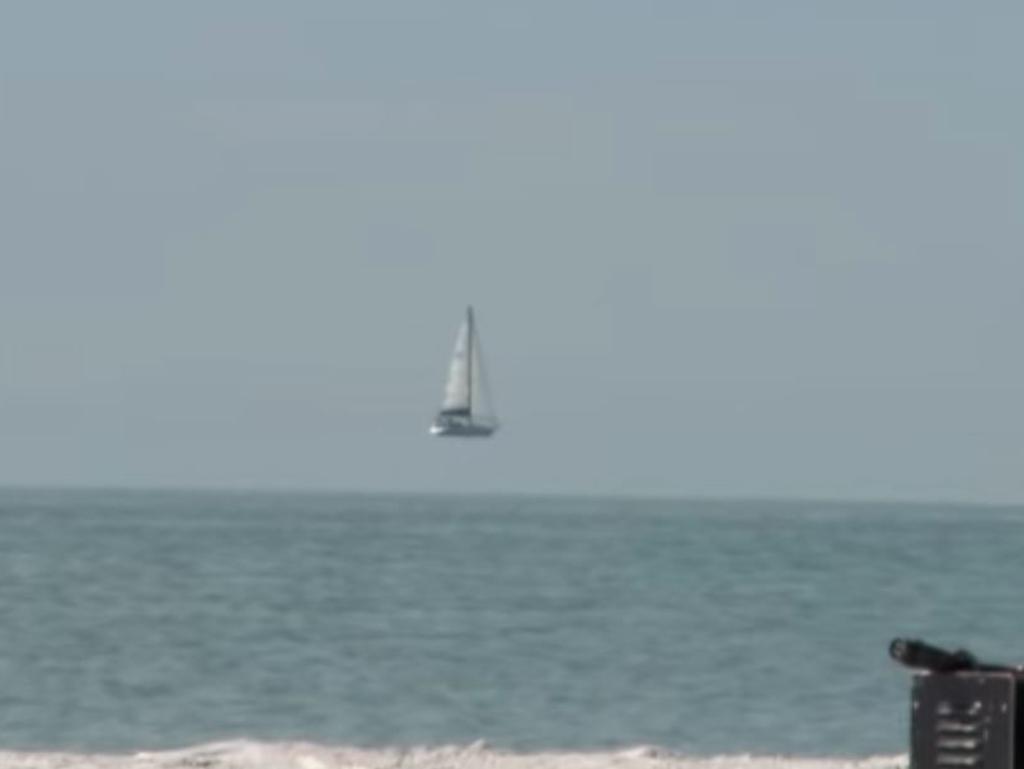
“The Titanic sank in the freezing waters of the Labrador Current in the North Atlantic, surrounded by dozens of large icebergs, some of which were 200 feet (61m) high,” he told the Sun Online.
“But above the level of the top of those icebergs much warmer air drifted across from the nearby warmer waters of the Gulf Stream, trapping cold air underneath it.
“This created the same thermal inversion conditions at Titanic’s crash site as seen along the coast of Britain recently, creating a band of light haze above which ships appeared to float in the sky.”
The lookouts on duty on the Titanic that night even told an official inquiry into the tragedy that the iceberg suddenly appeared as a dark mass out of the peculiar haze in front of them.
Mr Maltin is a British author, historian and TV presenter and is also one of the world’s leading experts on the legendary liner – having appeared on documentaries on the ship for the BBC, Smithsonian and National Geographic.
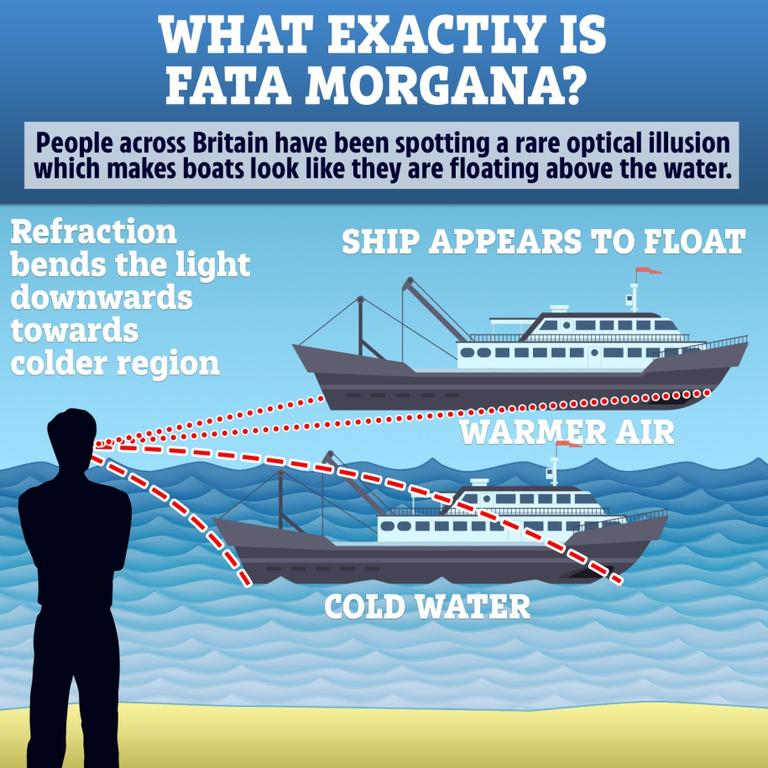
The Fata Morgana phenomenon has been linked to numerous famous legends including phantom islands, UFOs, cities in the sky, and even the ghost ship the Flying Dutchman.
These freakish events mainly occur in the Arctic regions during the spring creating the sea hedges on the surface even when the weather is completely clear.
Warm air high up traps cold air near the sea, causing light to bend, and raising a false horizon above a band of haze.
And it is this so-called sea hedge that obscured the iceberg from the Titanic’s crew until it was too late – crashing the luxury vessel and sealing its fate.
Titanic expert Mr Maltin also believes the unusual conditions foiled a possible rescue mission by the nearby SS Californian, after the supposedly “unsinkable ship” went down in the Atlantic on April 15, 1912 killing more than 1500 people.
He said the current “floating ship” phenomenon really is an “eerie echo of the Titanic tragedy”.
Brits were baffled when a number of ships last week were spotted hovering off the coast, including near Banff, Aberdeenshire and Paignton, Devon.
Mr Maltin said the recent photos of apparently hovering vessels clearly show the same unusual atmospheric phenomenon which he believes fooled the Titanic’s experienced officers.
“In fact several ships which passed through the area in which Titanic sank, both before and after the Titanic tragedy, recorded abnormal refraction and mirages at the horizon,” he said.
“The night the Titanic sank was also calm and clear, but Titanic’s lookouts noticed the mirage strip appearing like a band of haze stretching all around the horizon, as they entered the thermal inversion in the ice region.
“Titanic did not slow down because the weather was so clear that her captain expected to see ice in time to avoid it.
“But the optical effect of the apparent fog bank around the horizon reduced the contrast between the icebergs and the sky and sea beyond them.”
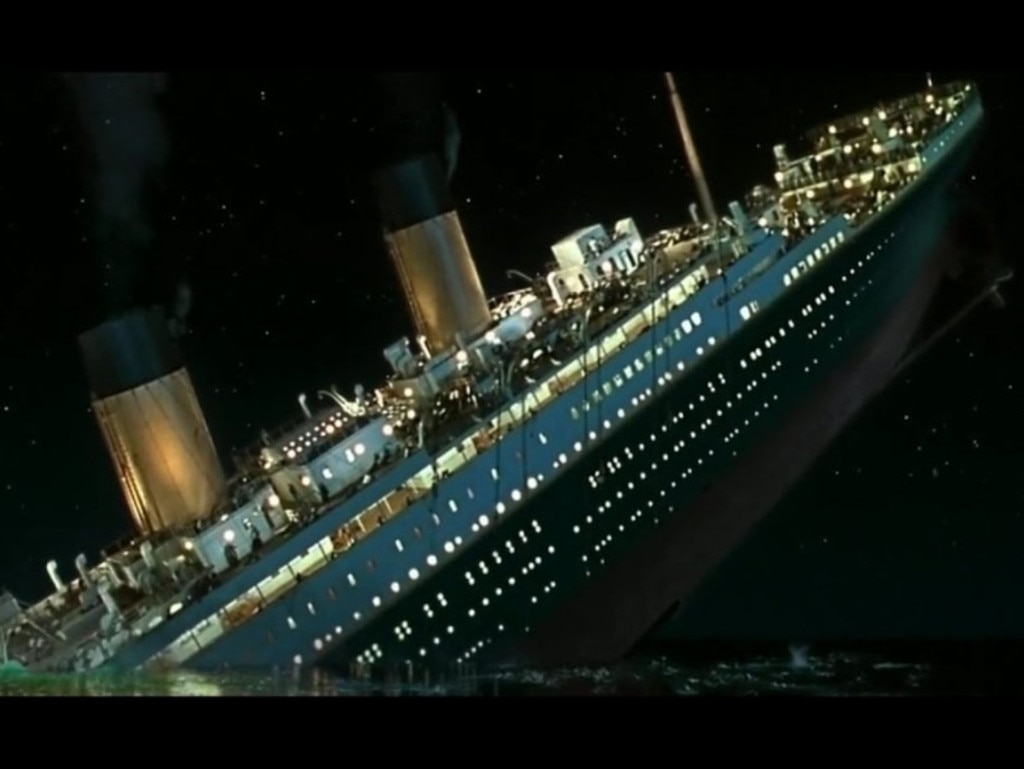
He added: “On that occasion the very cold air near the sea caused the distant horizon to appear higher than normal.
“This is known as a miraging strip at the horizon, which appears like a haze and caused the fatal iceberg to be seen too late.”
He went on: “Even more tragically, the abnormally raised horizon behind the Titanic caused her to appear to the nearby Californian to be a 400 foot (122m) ship only five miles (8km) away, when in fact she was the 800-foot (244m) Titanic, sinking about 10 miles (16km) away.
“That optical illusion caused the Californian’s captain to believe that what they thought was a relatively small nearby ship had no radio, as they knew the only ship in the area with radio that night was the Titanic.
“So Californian instead signalled Titanic by Morse lamp, but the stratified air in the thermal inversion..... caused the Morse lamp signals between the two vessels to appear like randomly flickering masthead lamps.”
The expert explained the “final nail” in the coffin for the legendary liner was the fact her distress rockets, exploding in the warmer air high up, appeared low compared to Titanic’s hull, which was stretched upwards in the cold air by the sea, making them confusing to the nearby rescue ship.

“These unusual optical phenomena caused comprehension errors on Californian which meant that the nearest vessel to Titanic took no action to rescue her 2200 passengers from the freezing waters of the North Atlantic,” he said.
The sinking of the Titanic remains the world’s worst peacetime maritime disaster, costing the lives of 1500 men, women and children.
Mr Maltin is the author of three books on the subject, including 101 Things You Thought You Knew About The Titanic … But Didn’t!, Titanic and Titanic: A Very Deceiving Night.
He first became fascinated in the world’s most famous doomed ship aged just seven when he saw the 1958 classic film A Night to Remember.
Mr Maltin then went on to read first-hand accounts from those that survived the tragedy as he says it is the “best way to understand what really happened” on that fateful night.
This article originally appeared on The Sun and was reproduced with permission



